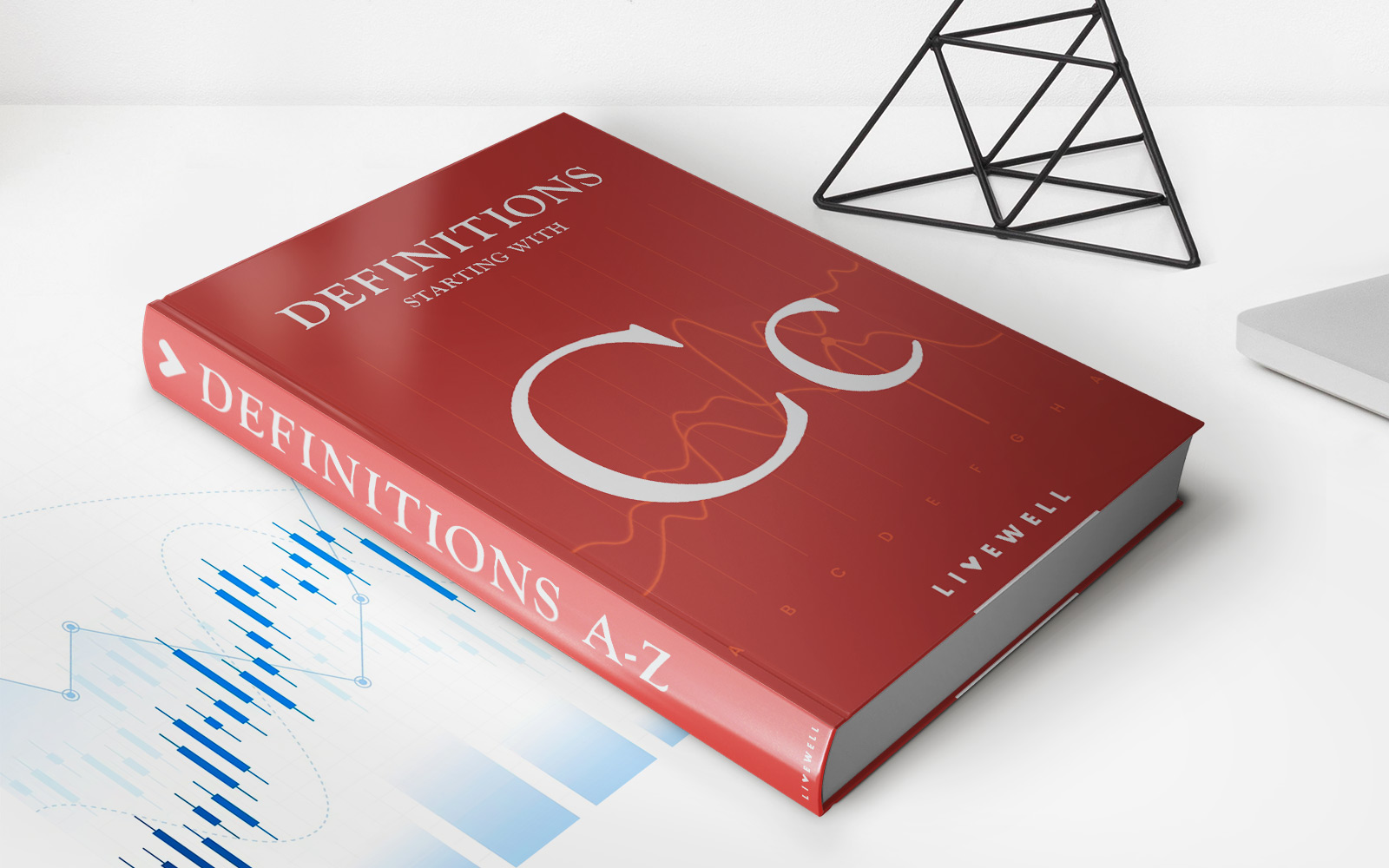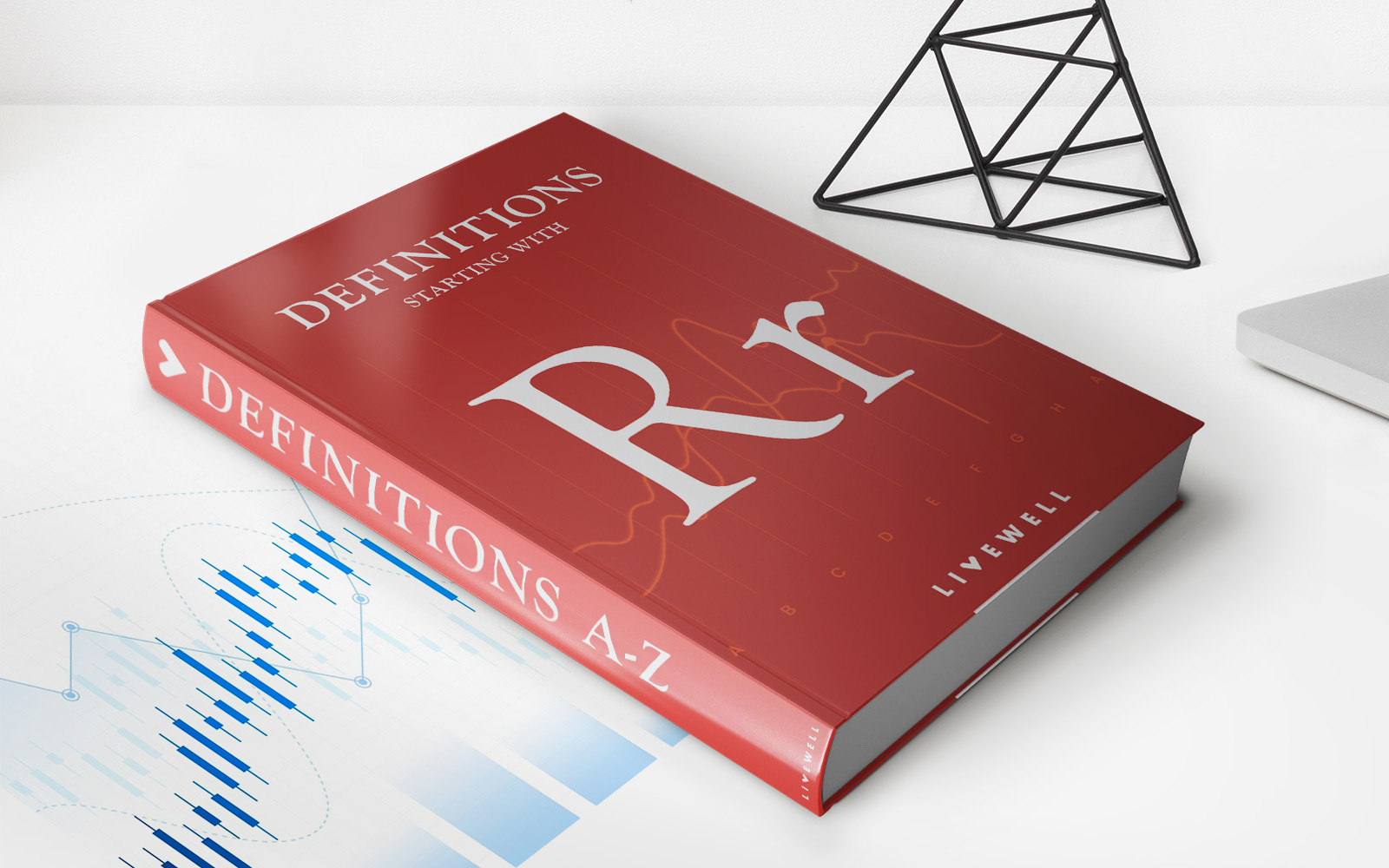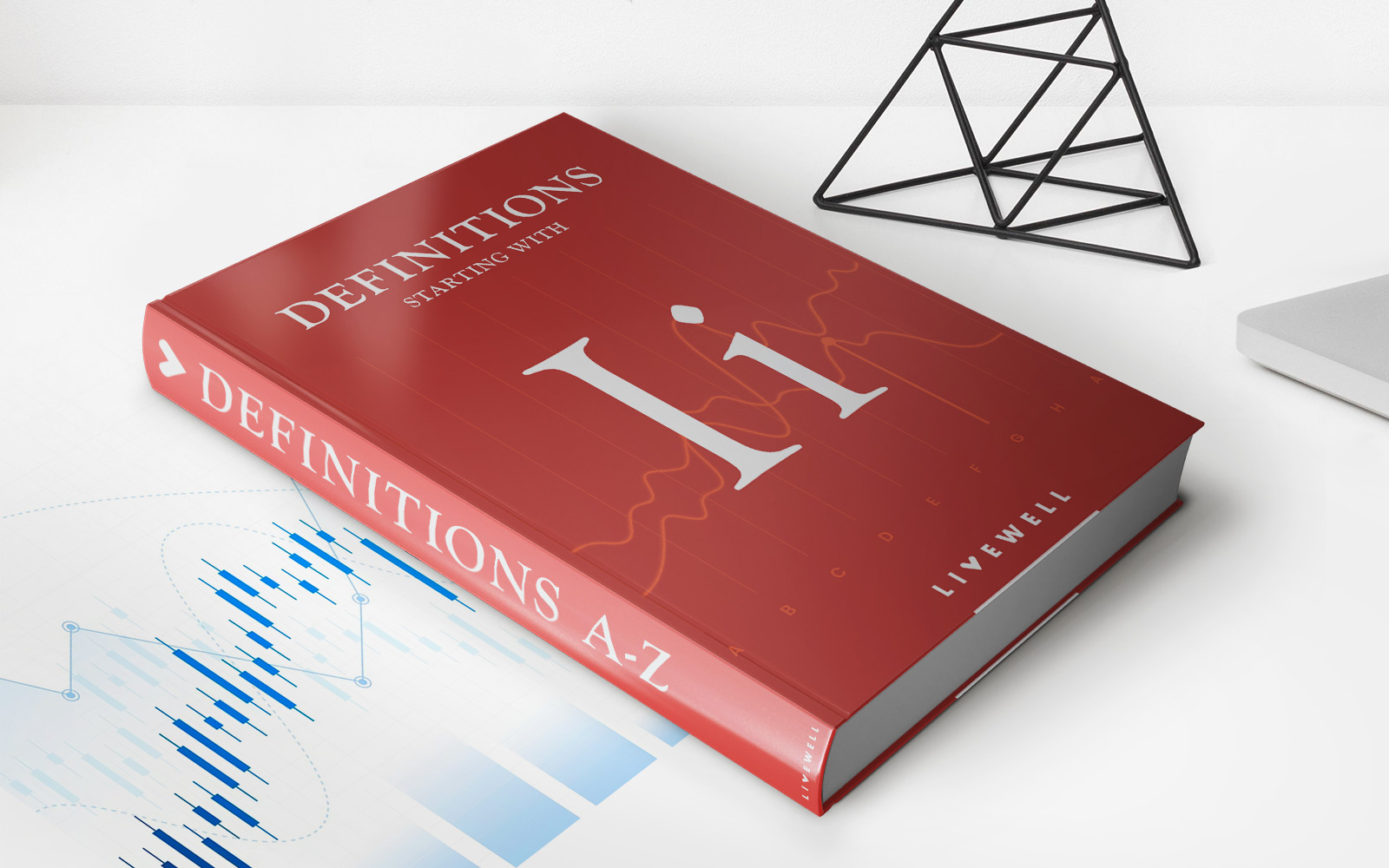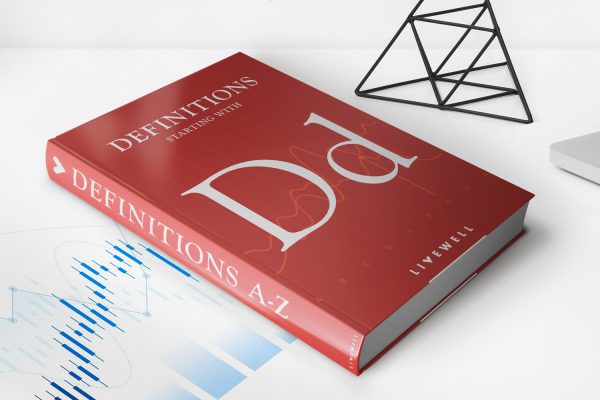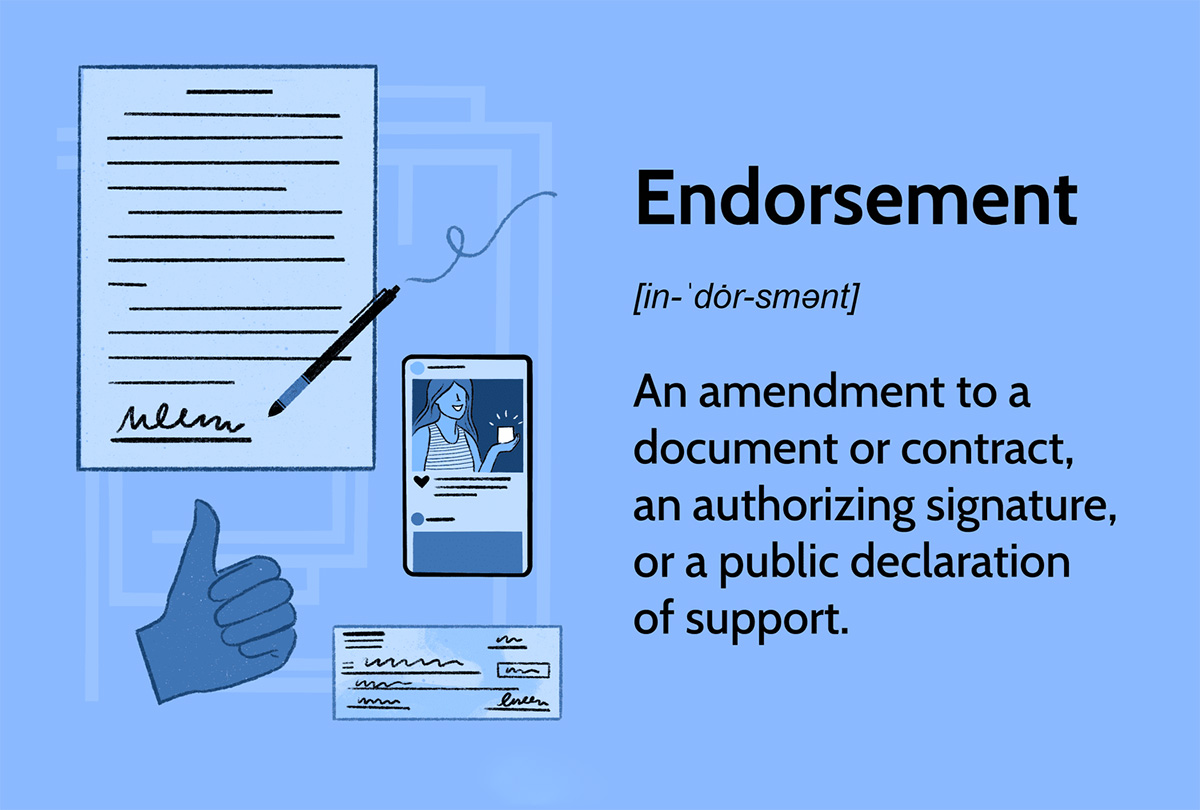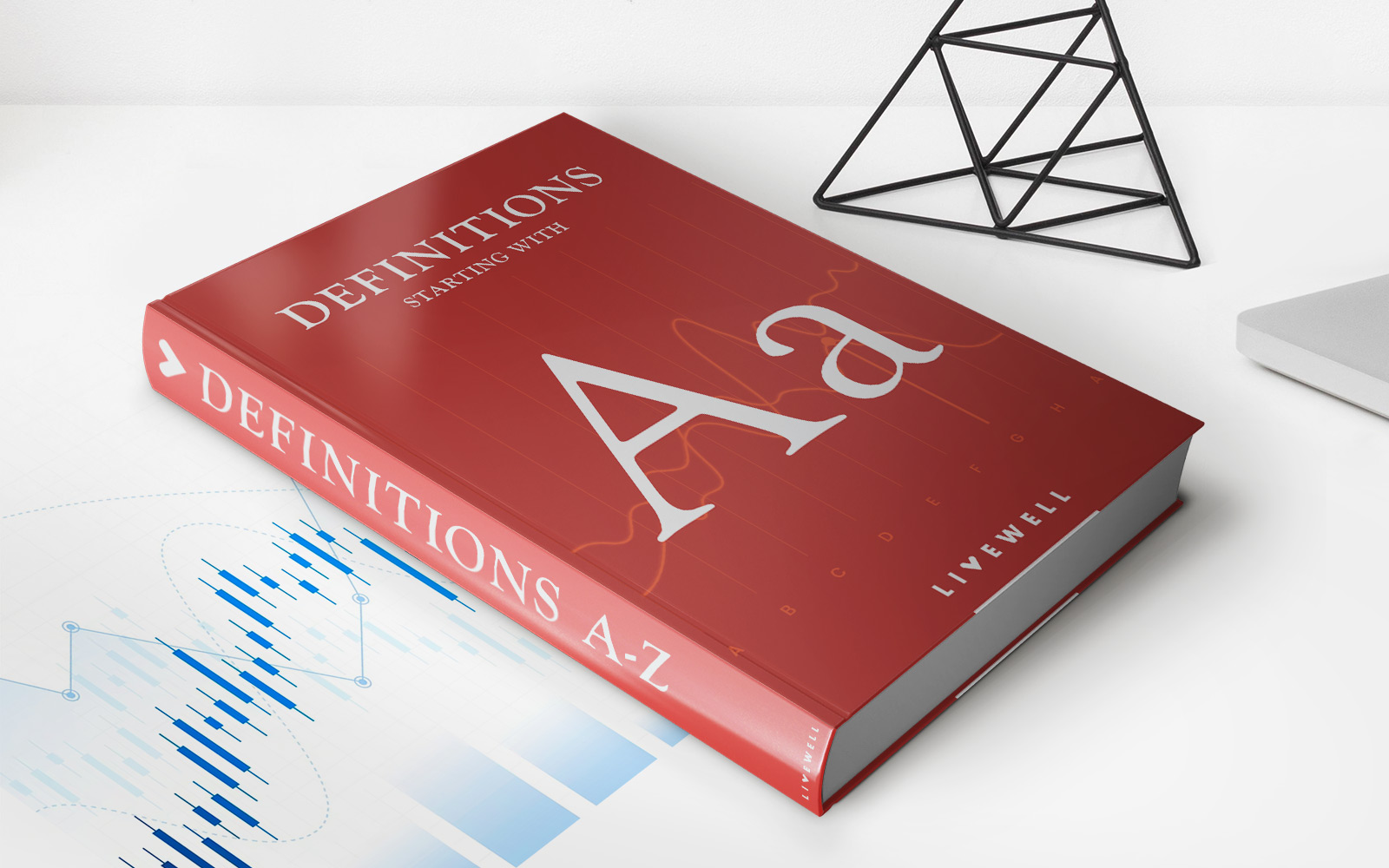Home>Finance>What Is An Indirect Quote? Definition And Vs. Direct Quote
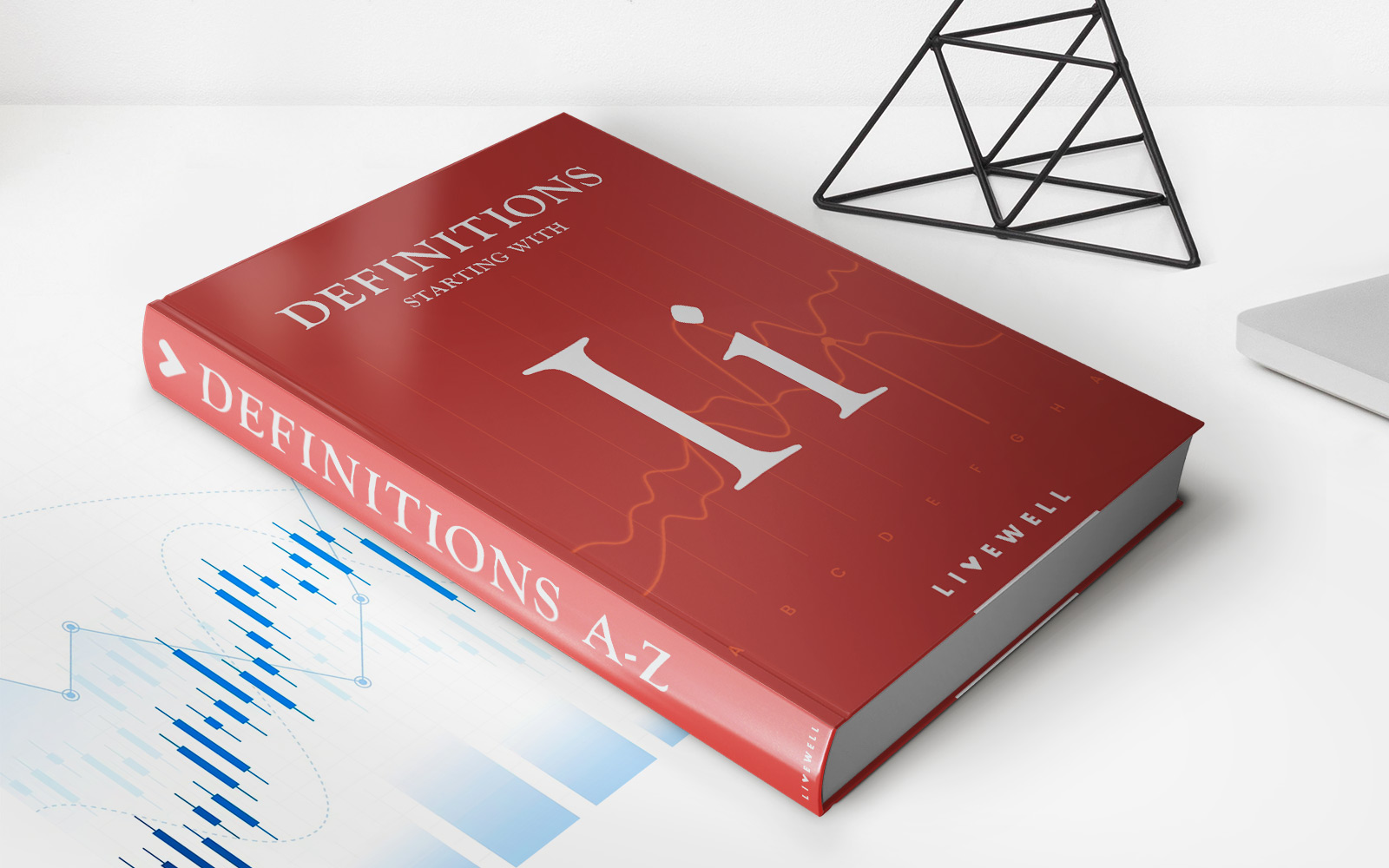

Finance
What Is An Indirect Quote? Definition And Vs. Direct Quote
Published: December 8, 2023
Learn the definition of an indirect quote in finance and understand its differences from a direct quote. Master the art of quoting in financial transactions today!
(Many of the links in this article redirect to a specific reviewed product. Your purchase of these products through affiliate links helps to generate commission for LiveWell, at no extra cost. Learn more)
Unlocking the World of Indirect Quotes in Finance
Finance is a vast realm that encompasses various aspects, and one essential element to understand is the concept of quotes. When it comes to foreign exchange markets, quotes play a crucial role in determining the value of currencies. If you’ve ever delved into the world of finance, you’ve likely come across terms like “direct quote” and “indirect quote.” In this article, we will unravel the meaning of an indirect quote and how it differs from a direct quote. So, let’s dive right in!
Key Takeaways:
- An indirect quote expresses the amount of foreign currency required to buy one unit of domestic currency, while a direct quote denotes the amount of domestic currency you would receive in exchange for one unit of foreign currency.
- Indirect and direct quotes are two perspectives on currency exchange rates that depend on the reference point or base currency.
When it comes to foreign exchange rates, an indirect quote represents the value of one unit of a foreign currency in terms of the domestic currency. In simple terms, it tells us how much of the domestic currency is needed to buy one unit of the foreign currency. For instance, if the indirect quote for the Euro against the US Dollar is 0.85, it means that 0.85 US Dollars are required to purchase one Euro. The domestic currency, in this case, is the US Dollar.
Now, you might be wondering how an indirect quote differs from a direct quote. Well, in a direct quote, the value of one unit of the foreign currency is expressed in terms of the domestic currency. For example, if the direct quote for the Euro against the US Dollar is 1.18, it means that one Euro will get you 1.18 US Dollars. In this case, the Euro is the domestic currency.
Both indirect and direct quotes are essential in understanding currency exchange rates, and they provide different perspectives based on the reference currency. It’s crucial to know which quote convention is being used in a particular context to avoid confusion.
So, the next time you come across quotes in finance, remember that an indirect quote represents the value of a foreign currency in terms of the domestic currency, while a direct quote signifies the value of the domestic currency in terms of a foreign currency.
Key Takeaways:
- An indirect quote expresses the amount of foreign currency required to buy one unit of domestic currency, while a direct quote denotes the amount of domestic currency you would receive in exchange for one unit of foreign currency.
- Indirect and direct quotes are two perspectives on currency exchange rates that depend on the reference point or base currency.
Understanding the nuances of indirect and direct quotes is vital in navigating the complex world of finance. So the next time you delve into foreign exchange markets, make sure to keep these concepts in mind. Happy quoting!

